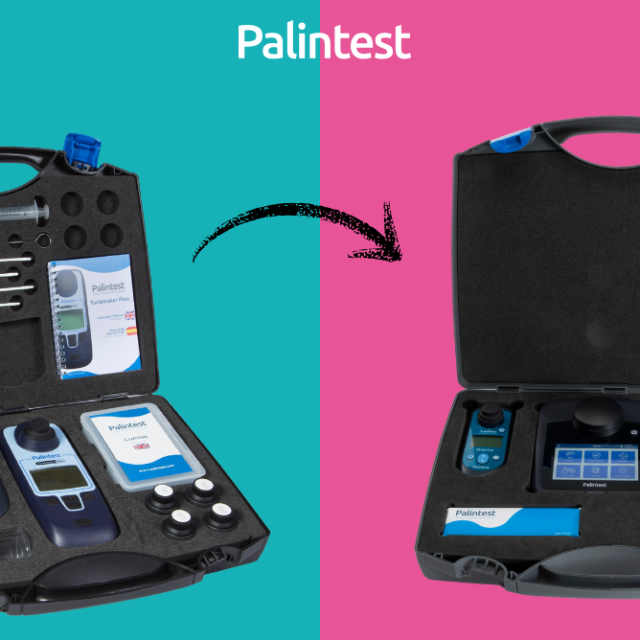
How to Check the Turbidity of Humanitarian Water
How to Check the Turbidity of Humanitarian Water
In humanitarian scenarios, assessing water quality is essential, and testing the turbidity of water is a critical part of this process. Turbidity, the measure of water’s clarity, can indicate the presence of pollutants, microorganisms, or other suspended particles.
Visual Inspection: A Preliminary Step
A basic method for assessing turbidity is visual inspection. Observing water clarity in a transparent container can offer an immediate, albeit subjective, estimation of water quality. Although not precise, this method is a quick way to identify highly turbid water in need of further testing.
Using Turbidity Meters for Accuracy
Turbidity meters, including portable versions, are widely used for more accurate measurements. These devices measure the degree to which light is scattered by particles suspended in water. Their ease of use and quick results make them ideal for field conditions in humanitarian settings.
Electrochemical Testing: Advanced Methodology
Electrochemical testing methods provide precise turbidity measurements. These techniques typically involve sensors that detect changes in the water’s optical properties due to suspended particles. Their accuracy and portability make them suitable for diverse field situations, offering reliable data for water quality assessment.
Nephelometric Measurements: Laboratory Precision
In a laboratory setting, nephelometers are used for detailed turbidity analysis. They measure light scattered at a specific angle by the particles in the water, providing highly accurate readings. Although more complex, these instruments are crucial for comprehensive water quality assessment.
Importance of Consistent Monitoring
Regular monitoring of water turbidity in humanitarian scenarios is vital. It helps identify potential contamination, assesses the effectiveness of water treatment processes, and ensures safe water for consumption and use.
Challenges in Humanitarian Contexts
Conducting turbidity tests in humanitarian contexts can be challenging due to resource limitations and logistical constraints. Choosing the right testing method depends on factors like the available equipment, the need for mobility, and the required precision of the measurements.
Crucial in Humanitarian Situations
Regular and accurate testing of water turbidity is crucial in humanitarian situations. It ensures the safety and suitability of water for affected populations. By employing appropriate testing methods and maintaining a robust monitoring schedule, risks associated with waterborne diseases and pollutants can be effectively managed.




